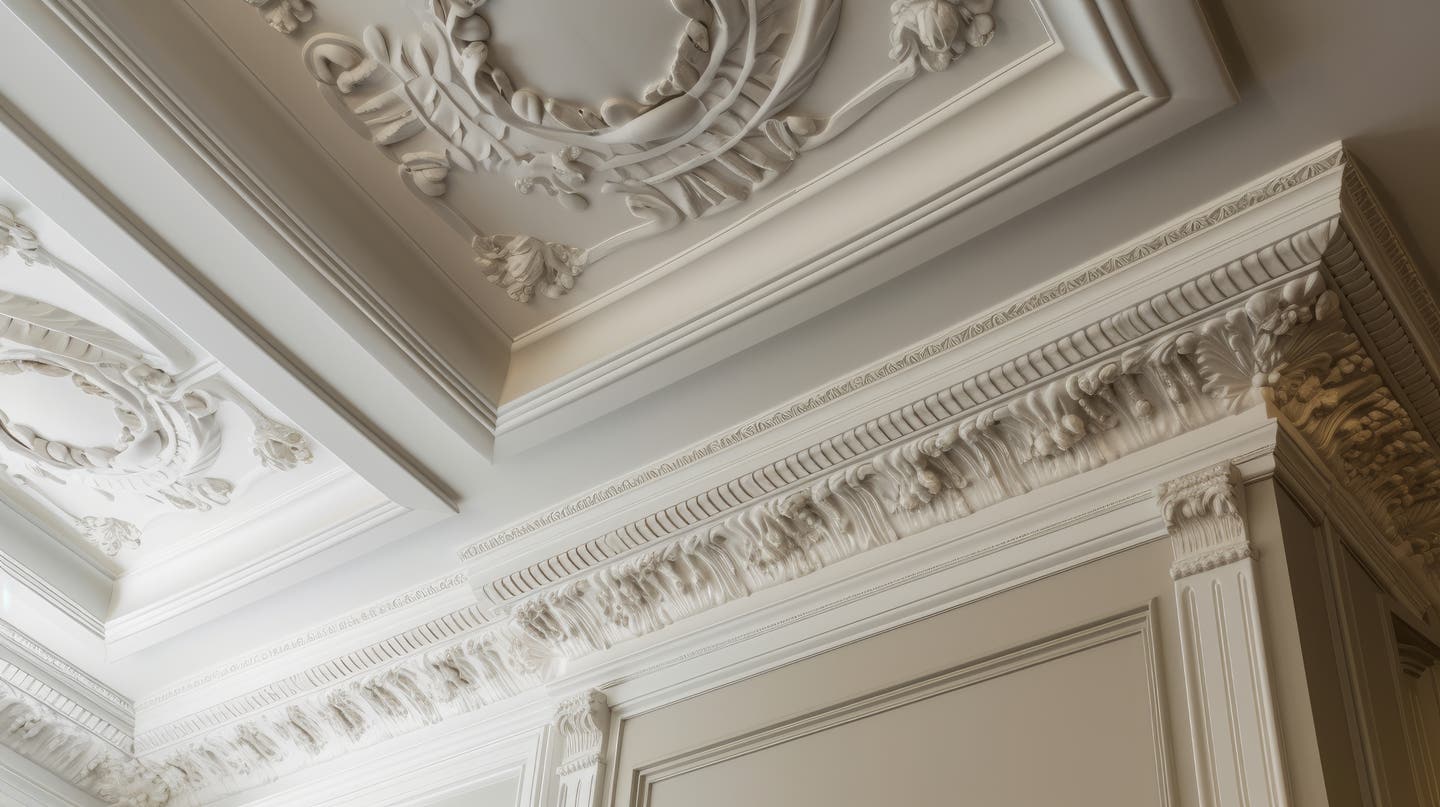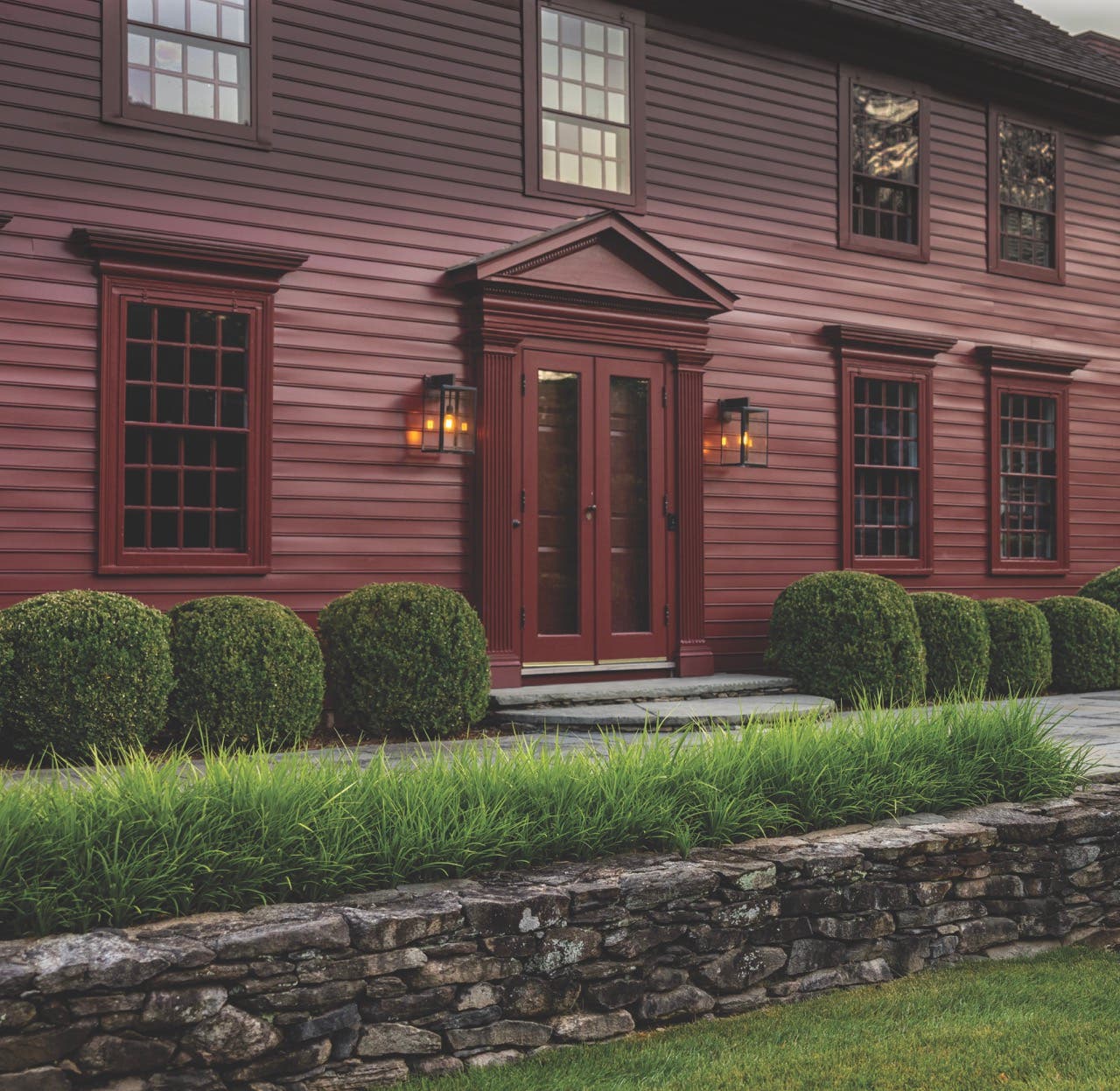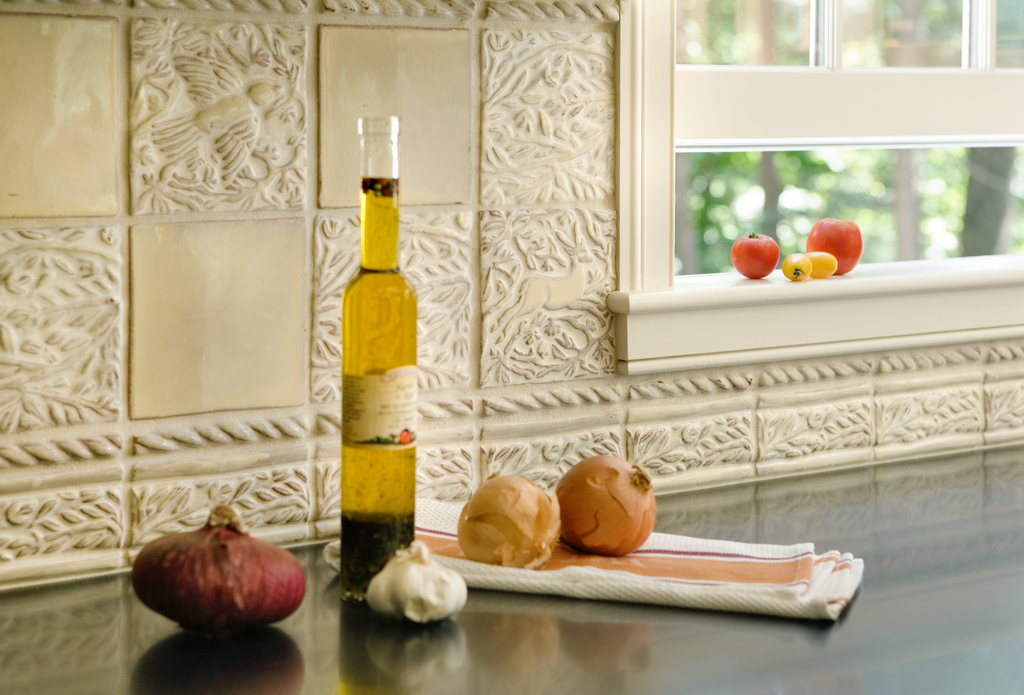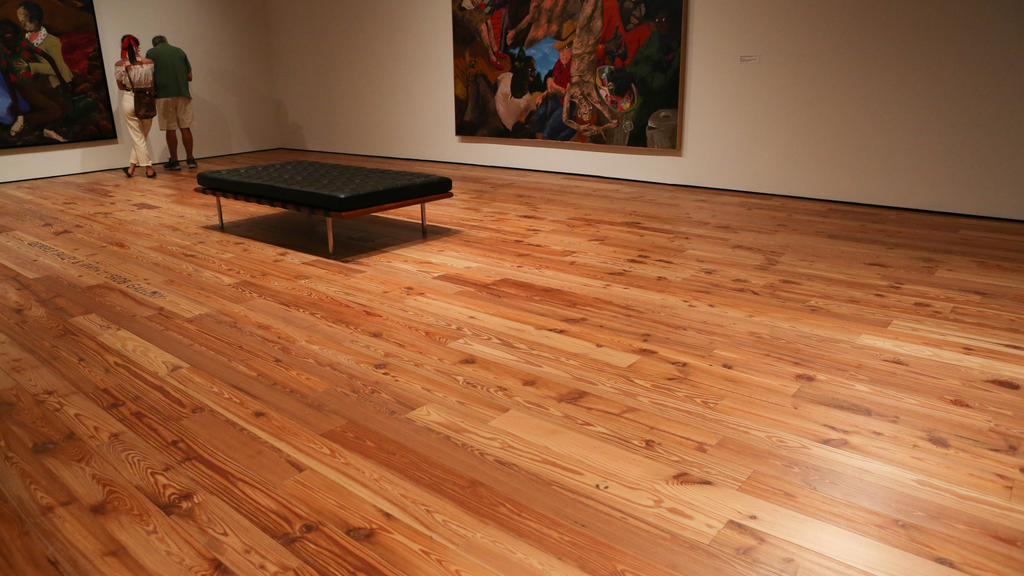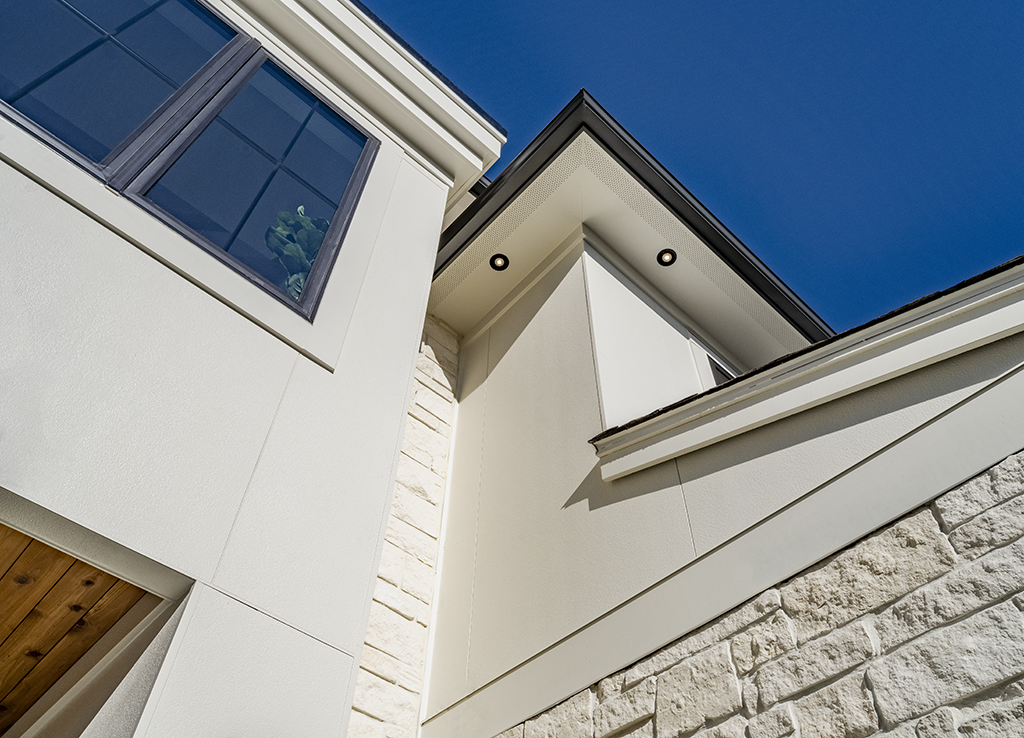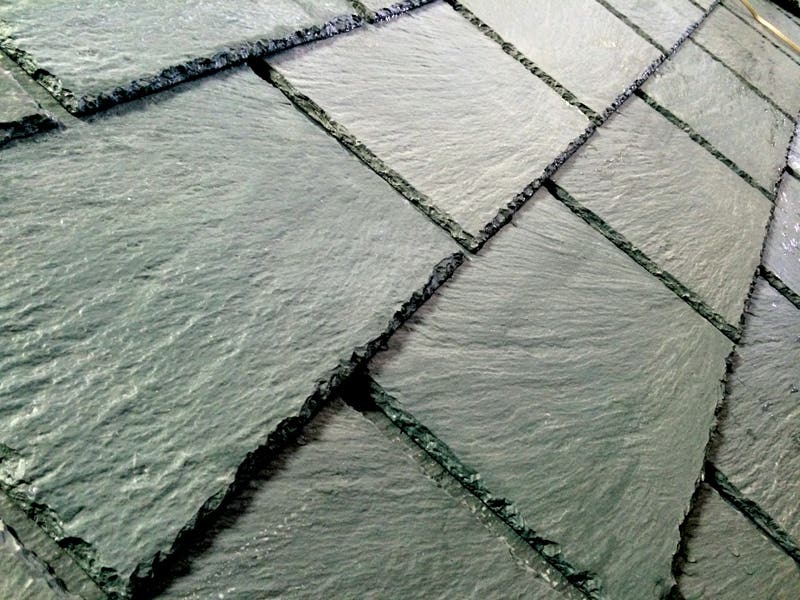
Roofing
Engineered Slate Roofing
Some guys have instant recall for sports statistics, but my brain is like a sponge when it comes to building products – both antique and state-of-the-art. One of the niche industries I like to follow is man-made roofing that emulates natural slate. Not only do these engineered slate roof products add to the aesthetic options for roofing any building, but on traditional-style houses they can also fill a real need where a slate roof might be desirable, but is no longer possible for any number of reasons.
Since the early 2000s there has been a refining of the simulated-slate field with some technologies, both old and new, falling by the wayside. For example, fiber-cement slates, which gave birth to the "slate pretenders" concept over a century ago using asbestos, and were reincarnated in non-asbestos forms through the 1970s and '80s, are now all but non-existent. However, other products that may seem to be defunct — or newly arrived on the scene — in reality have always been available and are just renamed, reformulated, or brought under a different corporate roof. At least one simulated slate product is a spinoff, so to speak, of an established man-made wood shingle, so while the brand name is recent, its actual material has a much longer track record.
The good news is that while much has changed in this specialized category over the last nine years, it continues to mature and grow, with new entries into the market and many products now well into their second decade of service. To help split out one slate-like from another, here is a quick rundown of today's simulated-slate roofing landscape.
What is a Composite?
One of the most common concepts that pops up in simulated-slate literature today is composite. Though relatively new as applied to roofing, the term has been part of the building materials lexicon for decades. Generally defined as two or more conventional, often dissimilar, materials combined to provide strength greater than the proverbial sum of the parts — think gypsum combined with glass fibers – composites have gained new currency in recent years with the uptick in sustainable building and reclaimed ingredients. Indeed, a quick word search bubbles up products like composite decking (recycled plastics with mineral infill) and composite bathroom sinks (quartz or granite powder and resin). Composite slate-like roofing often follows this trend. While expecting manufacturers to detail what is in their own, usually proprietary, composites, is like trying to get a condiments company to share their "secret sauce" recipe, and rightly so, there is clearly a lot of diverse engineering that goes into these products.
Most composites revolve around one or more polymers (plastics). For example, Enviroshake, the folks who make Enviroslate, say their composite is a blend of post-industrial plastics, elastomers (recycled from crumb rubber) and cellulosic fiber (from natural wood fiber). Ply Gem Roofing Engineered Slate also makes much use of recycled materials (97%), explains Dave DeRogatis, in a "proprietary polymer formulation that includes real slate." At DaVinci Roofscapes polymers are also key, but "tiles are made with virgin resin, to assure consistency of product," according to Kathleen Ziprik, a spokesperson for the company. CertainTeed describes their Symphony Slate as simply a "carefully engineered polymer composite roofing product," and at Tapco, Matt Michalski notes that their Inspire roofing is also polymer based as well as mineral filled. And the composite need not be just a single plastic or standard process. Enviroslate says they use both polyethylene and polypropylene. "One is rigid," according to Ashley Smith, spokesperson for the company, "the other is flexible." At Ply Gem Roofing, a distinctive process called Fusion Annealing (applying low heat and high pressure) "allows stress within the polymer to release, making slates extremely durable and lightweight," says DeRogatis.
Outside of the composite clan, polymers are still often part of the mix but other compounds may be the dominant ingredient. For example, at EcoStar, Dan Nesselbush explains that "Our Majestic Slate is about 80%, post-industrial rubber and plastic. Our newer product, Empire Slate has less recycled content in a design created to provide Class A fire protection with a little more stiffness to the tile, which also improves wind resistance." Working with a different formula is Moderne Slate, which utilizes a combination of 97% recycled plastics and mineral. "Ridge and hip caps are a slightly different formula to make them more flexible," says Leon Desrocher at the company.
The Historical Take on Simulated Slate
When it comes to historic building restoration and rehabilitation, simulated-slate roofing occupies an uncommon position. While generally regarded as what the National Park Service calls a substitute material because it is not actually slate, some simulated slates have been around so long they qualify as historic materials in their own right. A prime example is the Mohawk Tapered Asbestos Slate, made in the 1920s, which is still hard at work on hundreds of roofs. Indeed, the Colonial Williamsburg Foundation even considered replicating the imitation wood-shingle roofs made for them in the 1930s by Mohawk.Today, for projects that must pass a historic review board or similar scrutiny, substitute materials should be used "only on a limited basis and only when they will match the appearance and general properties of the historic material," according to Preservation Briefs #16, The Use of Substitute Materials on Historic Building Exteriors. On this basis, simulated slate may earn a cautious nod of approval for secondary additions to a main slate roof or re-roofing of a non-primary roof face. Other considerations cited by the Brief are "1. the unavailability of historic materials; and 2. the unavailability of skilled craftsmen," both of which can limit the use of natural slate in some instances and may help make a case for simulated slate.
Why Simulated Slate?
For most projects, the primary selling point of slate stand-ins is that they cost significantly less than natural slate, but weight is also a big saving. At around 280 lbs. per square (10 ft. by 10 ft.), these products are generally only slightly heavier than a high-end asphalt roof, but substantially lighter than natural slate and therefore readily installed on common steep-roof framing without additional support. Manufacturers also tout other advantages, such as resistance to hail damage and wind uplift. Fire ratings are typically Class A; impact resistance Class 4. Then there are incidental plusses too, such as less complicated installation (reduced waste, no specialized slate skills required). Several of the companies we talked to note that their slate-like products were originally conceived for the residential re-roofing market, and that continues to be the greatest usage for some. However, they have been increasingly popular for new construction as well, often extending into non-residential historic building applications, such as churches, state parks, and government buildings.
One of the most striking characteristics the various technologies of all these products contribute to a roof is their uncanny success at mimicking the forms of natural slate. Typically either injection – or compression – molded, often using actual slates as a pattern, each product strives to have natural slate dimensions, thicknesses, and even cleft and tooling marks – not just the illusion of same produced with ersatz shadow lines. Some manufacturers offer a single 10 in. or 12 in. width, though multiple widths, such as 6 in., 9 in. and 12 in., are becoming more common. Thicknesses vary, but thicker butts of around 1/2 in. (beefy even for natural slate) seems to be a trend. Moreover, manufacturers are increasingly offering their products in presorted mixed widths that add both customized appeal and natural slate veracity to an installation. DaVinci, for example offers Multi-Width Slate with five widths that can also be staggered for even more variety. Michalski notes that later in 2014, Inspire will debut its Mixed product line. Some brands go even further by evoking historic slate. Nesselbush points out that his company's Majestic Slate Designer Series comes in three shapes: a diamond, chisel edge and rounded pattern. Moderne Slate too acknowledges traditional slate with "scallop round" and "fan gate" (hex) tail patterns in their line-up along with a basic "full square."
Not surprisingly, the nature of these new materials makes for a few differences in installation from natural slate. In fact, some companies only approve of installations by factory certified contractors. Furthermore, most products have their own, specially shaped accessories for capping hips, ridges and similar details. To make valleys, though, products can usually be cut on-site by scoring with a razor knife, then bending the slate back and forth, or it may be possible to cut some products with a circular saw fitted with a thin, fine-tooth blade. Underlayment recommendations vary. While most manufacturers say interleaving of underlayment (as is often done with natural slate) is not necessary, the specified underlayment runs from ice-and-water shield across the full deck, to combinations of ice-and-water-shield and 30 lb. felt, to just felt. Most slates can be either pneumatically nailed or hand hammered using corrosion-resistant fasteners, such as stainless ring-shank nails.
An interesting caveat is that slate-like products tend to be slicker than natural slate. While not a concern per se during actual installation, it does mean that finished roofs often readily shed snow and, with this in mind, several manufacturers recommend planning for adding snow guards in critical slopes during installation.
Gordon Bock, co-author of The Vintage House (www.vintagehousebook.com), is an in-demand speaker for courses, seminars, and keynote addresses through www.gordonbock.com.




